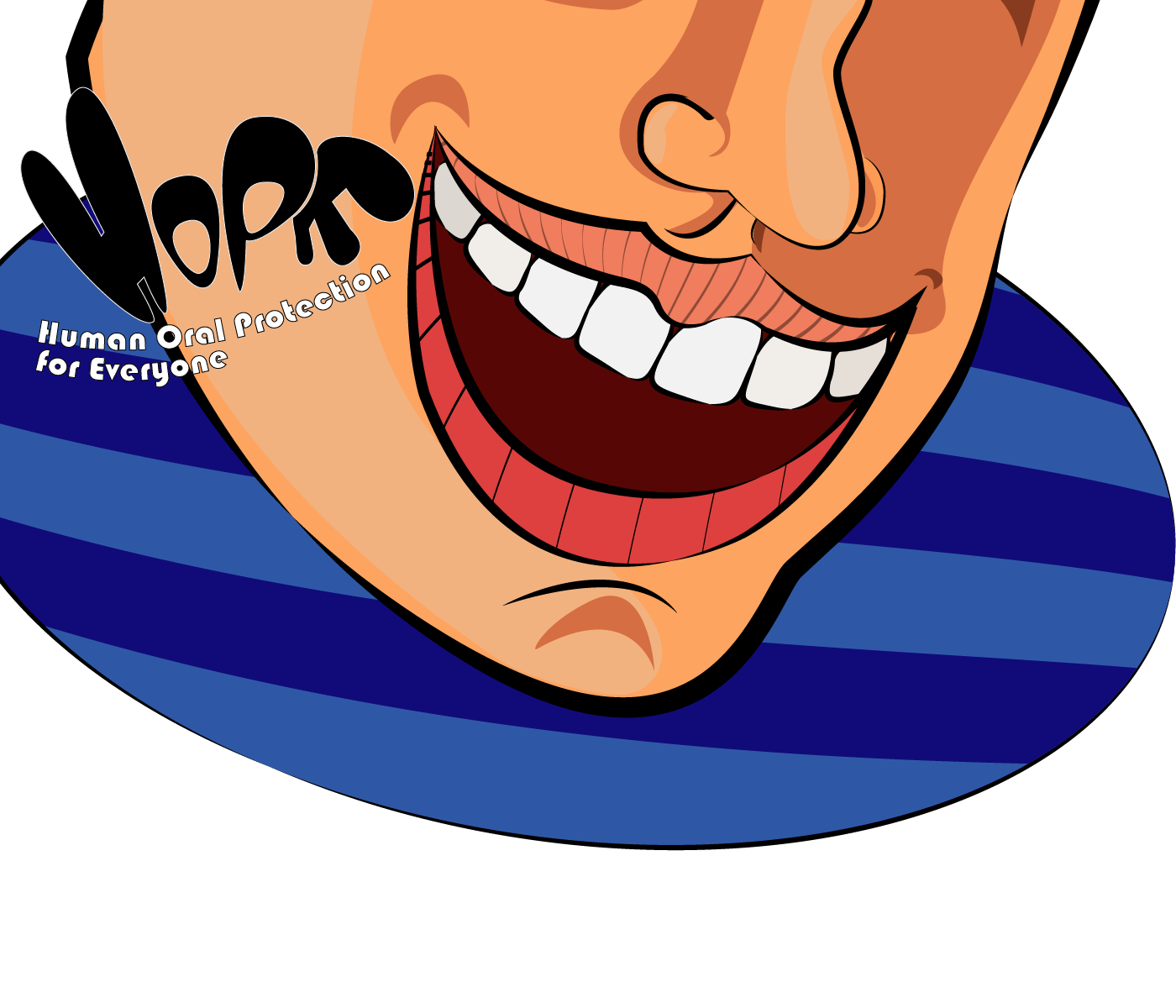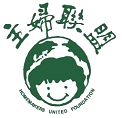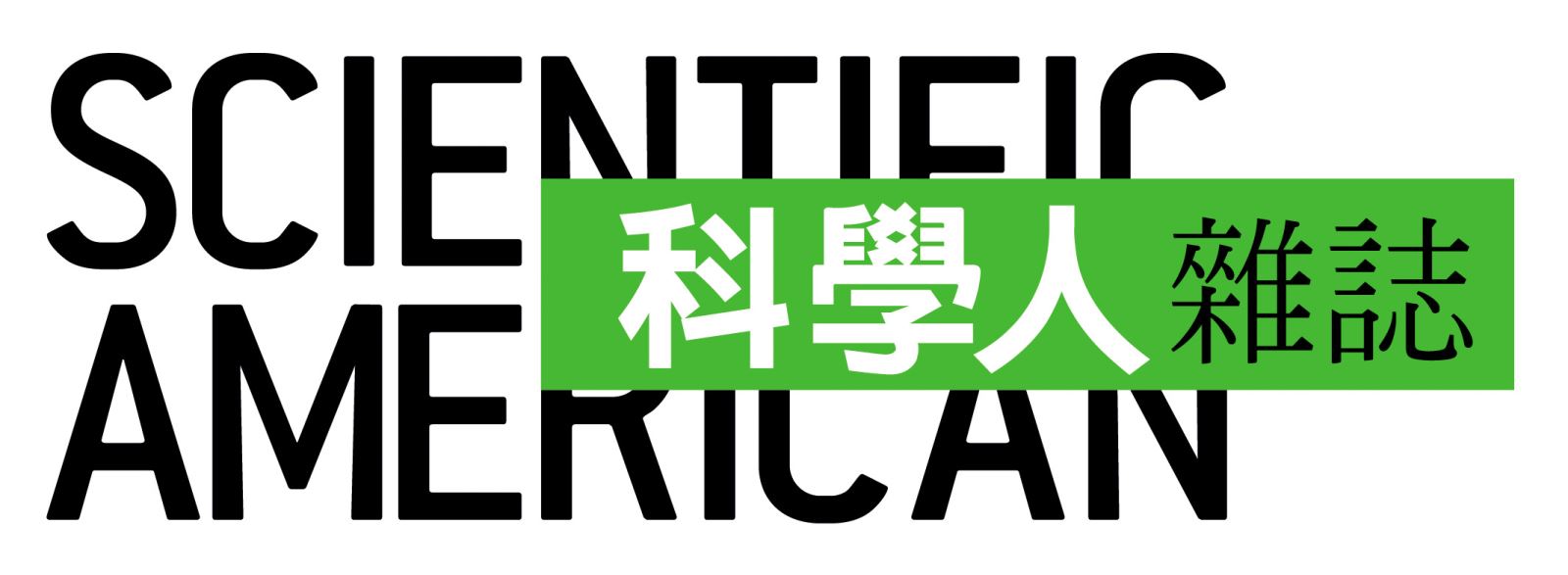Team:NYMU-Taipei/modeling/m5
From 2014.igem.org
| Line 6: | Line 6: | ||
<p>1. To figure out how our product would affect the caries rate in our life time.<br> 2. Combine modelling and human practice, to know how many people are willing to use our product and model for its effect.</p> | <p>1. To figure out how our product would affect the caries rate in our life time.<br> 2. Combine modelling and human practice, to know how many people are willing to use our product and model for its effect.</p> | ||
<h1>Background</h1> | <h1>Background</h1> | ||
| + | <p>Our human practice team has sent out surveys to know the public opinion of our product (link). Here we make use of the survey questions and model for how our product will influence caries rate. Tooth decay rate with respect to age was obtained from Health and Nutrition Examination Survey in the USA[1]. We added in the assumption that the probability of one having dental plaque was about the same over time. Therefore, we use Markov chain to fit the data and figure out the probability of getting caries, hoping to predict the caries rate change after the application of our product.<br><br> | ||
| + | Markov chain describes how a system undergoes transitions from one state to another. The next state depends only on the current state, which is computed by a transition matrix. The transition matrix describes the probabilities of going from one state at time n to the other states at time n+1. Markov chain is a kind of stochastic process which has many applications of real-world processes. By validating the Markov chain with caries rate, we can find the probability of one having caries in different age. We then add into the survey-based probability of one using our product and predict the caries rate change. | ||
| + | </p> | ||
<h1>Models and mathematic equations</h1> | <h1>Models and mathematic equations</h1> | ||
Revision as of 16:29, 28 September 2014
Purpose
1. To figure out how our product would affect the caries rate in our life time.
2. Combine modelling and human practice, to know how many people are willing to use our product and model for its effect.
Background
Our human practice team has sent out surveys to know the public opinion of our product (link). Here we make use of the survey questions and model for how our product will influence caries rate. Tooth decay rate with respect to age was obtained from Health and Nutrition Examination Survey in the USA[1]. We added in the assumption that the probability of one having dental plaque was about the same over time. Therefore, we use Markov chain to fit the data and figure out the probability of getting caries, hoping to predict the caries rate change after the application of our product.
Markov chain describes how a system undergoes transitions from one state to another. The next state depends only on the current state, which is computed by a transition matrix. The transition matrix describes the probabilities of going from one state at time n to the other states at time n+1. Markov chain is a kind of stochastic process which has many applications of real-world processes. By validating the Markov chain with caries rate, we can find the probability of one having caries in different age. We then add into the survey-based probability of one using our product and predict the caries rate change.
 "
"




















